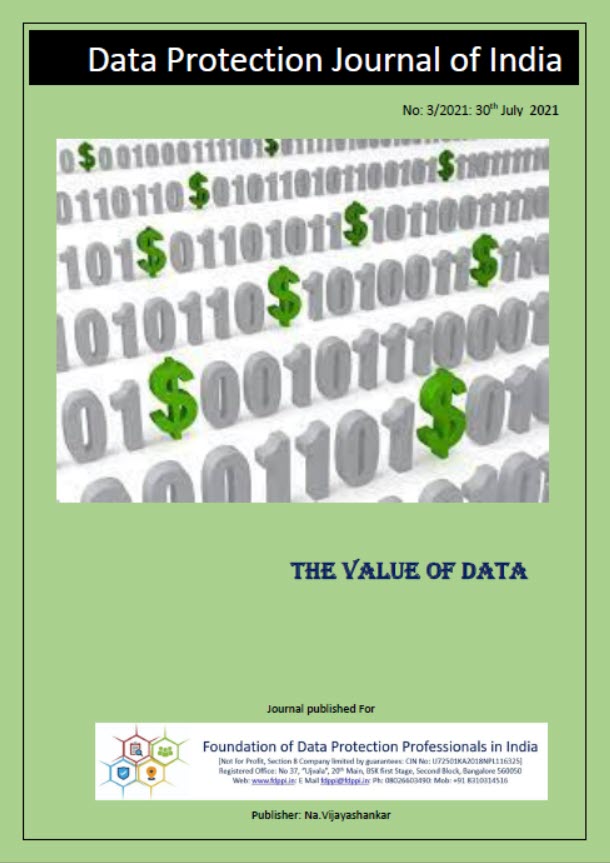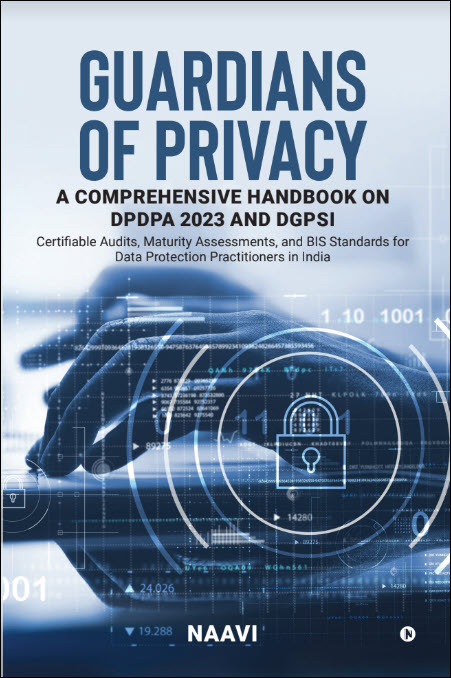 In Naavi’s Theory of Data, one of the hypothesis used is that Data Exists in different avatars as if it goes through a lifecycle of birth to death with many intermediary states. The difference with our real life cycle is that this data life cycle is reversible. Hence raw data can become sensitive personal data, can change over to anonymized big data and later become raw data once again and start a new journey. Just as the human goes through life cycles across multiple births, data can go through multiple avatars in the same birth and also take a rebirth.
In Naavi’s Theory of Data, one of the hypothesis used is that Data Exists in different avatars as if it goes through a lifecycle of birth to death with many intermediary states. The difference with our real life cycle is that this data life cycle is reversible. Hence raw data can become sensitive personal data, can change over to anonymized big data and later become raw data once again and start a new journey. Just as the human goes through life cycles across multiple births, data can go through multiple avatars in the same birth and also take a rebirth.
Apart from the interesting philosophical idea behind this thought, for data valuers, the value changes due to the changes in the life cycle is a matter of interest. Just as Naavi with as a pass out with a MSc degree has some value, his value after 13 years of Banking experience, and another 15 years of experience in Marketing and yet another 20 years as Cyber Law and Data Protection consultant has different value perceptions, data has different value perceptions when it is a basic state in the new hard disk and later as personal data, sensitive personal data etc., a sensitive personal data can also be de-sensitized by removal pf identity parameters (de-identification) or by substituting identity parameters(Pseudonymization) or by permanent deletion of identity (Anonymization). It can also be brought back to the original basic state by a forensic deletion of data. Each of these are processes and there is a “Cost of Process”. In valuation, we need to recognize the cost of process for valuing the end product. Each passing day with data accumulates the cost of storage and processing and hence like the human life, value is growing only in one direction…up.
But when we factor the “Market Value” to the data, there is a variation depending on the status of the data. Some data acquires value with addition of identity parameters and some data may acquire more value when identity parameters are removed since it may become marketable.
If the consent of a data subject is limited for one specific use, then it’s value is X. If we can get a consent for subsequent use or a new use, the valuation could grow multifold. Similarly, a data set with one or two parameters of identity and a data set with 5 or 10 parameters of identity must be valued differently. Personal data which has not been confirmed by the data subject, not verified, will have to be different from personal data on which a verification has been done, a KYC has been done etc.
Similarly, if there is a health data which is 3 years old against a health data which is 1 year old or 5 year old, or a credit card related behaviour data which is pre-pandemic, during pandemic and post pandemic, the values could be different
A Data Valuer needs to therefore classify data first into personal and non personal data and there after go deeper and analyze how many data sets about one personal data is available and how old is the data and whether the quality of data is good, bad or not verified.
Even in the case of Non Personal Data, there can be classification such as IPR registered data, IPR potential Data, Reputation related data, Crime risk prone data etc.
Thus a Data Valuer has to classify data in to different value classifications and there after find out the depth and quality index of the data and then give a value based on the quantum of data.
Naavi’s suggestions on the Data Valuation Standard of India incorporates some of these thoughts and is being further refined with the thought inputs from other asset valuers.
There is no doubt that there are many questions that will arise about the methodology or its reliability. But when some thing is being attempted for the first time in the world, such doubts are natural and we need to keep going ahead and sort out doubts one after another. We are in that process now.
(Comments are welcome)
Naavi


